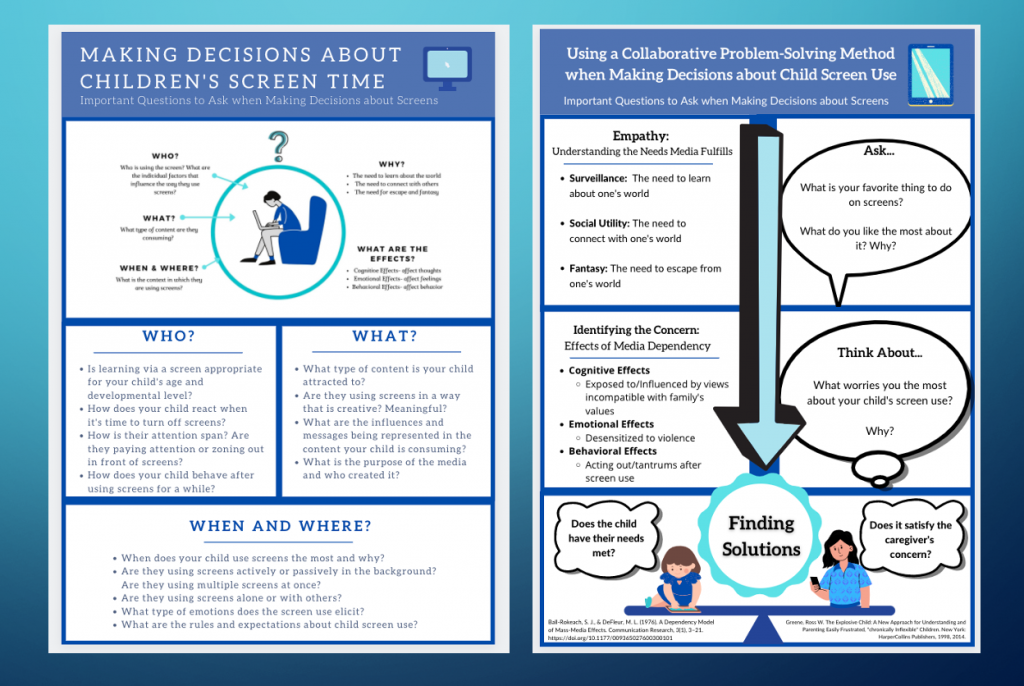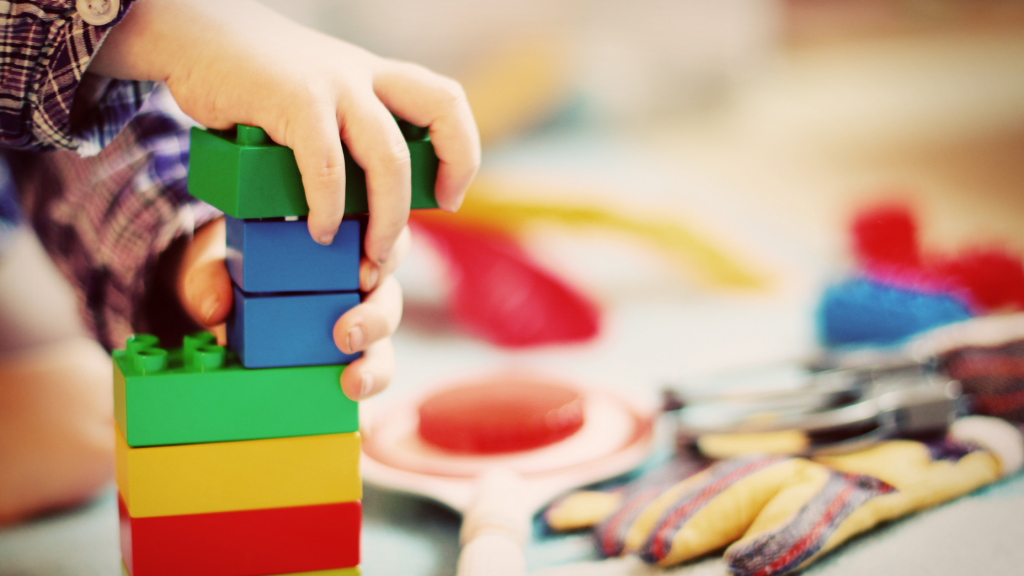What are alternative sports and how can they benefit teens?
*Note* The five alternative sports highlighted in this brochure are only some of the opportunities that exist. If these are not the best fit for you or your teen, continue to explore and try new things!
Acknowledgments
This brochure was prepared with the help of Andie Stallman, a graduate student at Tufts University’s Eliot-Pearson Department of Child Study and Human Development who concentrated on Clinical and Developmental Health and Psychology. A former collegiate athlete on the Tufts University Field Hockey team, Andie is passionate about finding ways to make sports and exercise more accessible, so that everyone can enjoy the numerous benefits of physical activity. Andie is particularly interested in developmental psychopathology, sibling relationships, and experiences of trauma. She plans to pursue a Ph.D. in clinical psychology to help children and families develop skills that will enable them to confidently navigate life’s hardships and achieve their individual goals.



